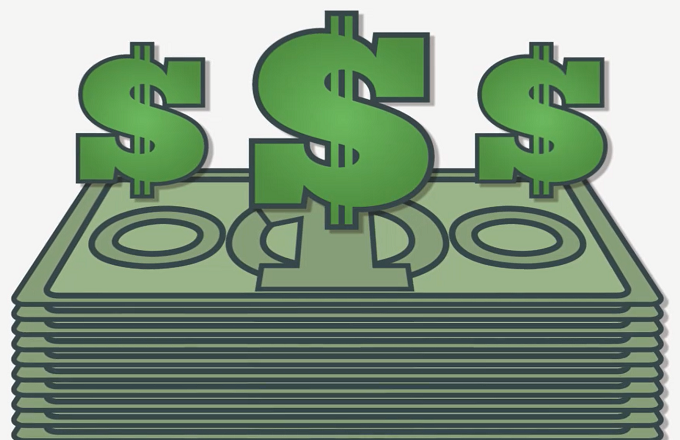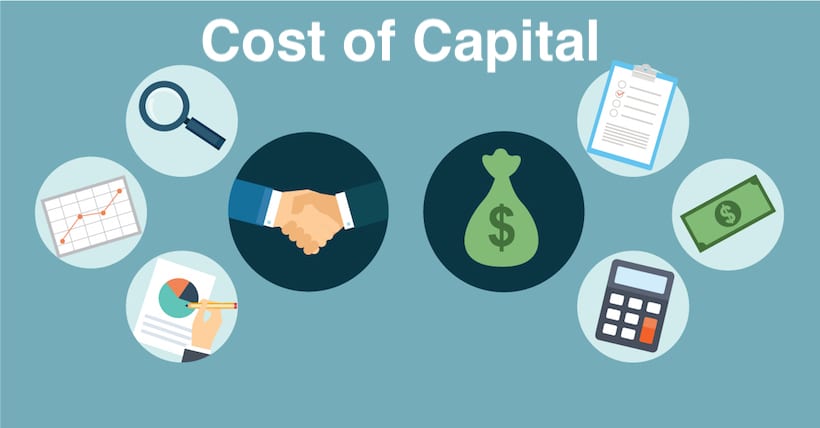The minimal rate of return that an investor is willing to accept in exchange for owning a company's stock is the necessary rate of return. This return serves as compensation for the amount of risk that is involved with keeping the stock. Companies use the RRR method to assess the prospective profitability of capital investments. The anticipated rates of return on the company's securities are meant to be understood by the term "cost of capital." When deciding whether or not to invest resources in a project, businesses often evaluate it based on a criterion known as the cost of capital. The ratio of investments expected to return to their expected level of risk is the criterion that investors use to decide whether or not an investment is worthwhile.
When the needed rate of return is equivalent to the cost of capital, this creates the conditions for a scenario likely to result in a positive outcome. For instance, if a firm is ready to offer a return of 5% on the capital that it has raised, and an investor demands a 5% return on the asset that they have invested, then the company and the investor are likely to be happy as trading partners.
Understanding the Cost of Capital
The price of capital is a significant consideration for businesses. At some point in time, a firm will need to decide whether or not it would be beneficial to raise cash and for what specific reason. A company must determine how much cash it needs and how it will get that cash before it can go forward with its plans. In most cases, a company will ponder the question: Should we issue fresh stock? What about ties and bonds? Or, would it make more sense to get financing through a loan or credit line? Which method of acquiring funds would be most economically and strategically beneficial for our company?
According to the standard financial theory, the needed rate of return and the cost of capital for a particular venture should go toward one another. A company has to assess the needed return essential to make a capital project profitable against the required return associated with each alternative, which comes with associated risks and expenses. When a corporation knows the cost of capital, it can more readily analyze its many choices for acquiring finance.

Calculating the Cost of Debt and Equity Issues
Calculating the cost of debt is a straightforward process. Creditors, whether private bond investors or major lending organizations, will often demand an interest rate payment in return for using their funds.
The calculation of the cost of shares, also known as stock, on the other hand, is somewhat more difficult and fraught with uncertainty than the calculation of the cost of debt. In an ideal world, the needed rate of return for equity investors would correspond exactly to the cost of the shares.
Arriving at the Weighted Average Cost of Capital
When a firm understands the expenses associated with its stock and debt, the next step it normally takes is to take a weighted average of all of its capital costs. For a company's investment in a capital project to make financial sense, the profits that it anticipates the project will bring in must be greater than the company's weighted average cost of capital.
Understanding Required Rate of Return
When it comes to risk management, the perspective often reflected by the Required Rate of return is that of the investor rather than the issuer. Keeping one's money in the bank is one way for investors to get a risk-free return while investing in secure assets such as cash, short-term U.S. Treasury notes, money market funds, and gold is one way for investors to earn a return with a lower level of risk.
Risk Is an Important Factor in RRR
Investors may have a more favorable risk-to-return ratio when they invest in riskier assets since these assets may provide the possibility of greater returns. The projected returns of an investment are sometimes measured against the amount of risk that an investor must take to get better returns. Many investors use risk/reward ratios in this endeavor.

RRR and Cost of Capital
The idea of opportunity cost, which refers to the advantages that a person or company foregoes by selecting one course of action rather than another, is fundamental to both of these measurements, illustrating its importance. When an investor invests $1,000 in stock, for instance, the true cost of that investment is everything else that the investor might have done with that $1,000 instead, such as buying bonds, purchasing consumer items, or putting the money in a savings account.




